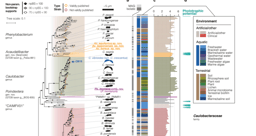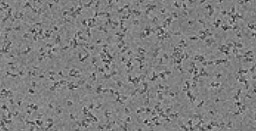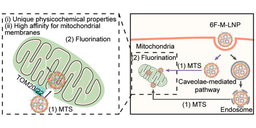Industrial Source Identification and Emission Inventory of Hexachlorobutadiene
Published in Earth & Environment, Sustainability, and Business & Management

Hexachlorobutadiene (HCBD) is a hazardous chemical substance in the controlled list of the U.S. Toxic Substances Control Act and the Stockholm Convention. In 2020 and 2022, HCBD was added to the List of Priority Chemicals for Control and the Action Plan for the New Pollutants in China. It is reported in literatures that chemical production such as trichloroethylene and tetrachloroethylene are important emission sources of HCBD. However, the understanding of comprehensive potential sources of HCBD is insufficient, and there is a lack of emission inventory of HCBD in the industrial sectors.
HCBD is generally detected in the environment and to be in high concentrations near chemical plants. Barend L et al. detected high concentrations of HCBD (0.04-1.8 μg/m3) in outdoor air samples from chlor-alkali plants in Spain, with an average concentration of 0.21 μg/m3.2 High concentrations of HCBD were detected in air from Mongolia in a literature, with a maximum value of 344 ng/PUF (PUF: Polyurethane Foam for Passive Sampling) with an average value of 75.7 ng/PUF and a median value of 8.90 ng/PUF.
Here, we investigated the unintentional emission of HCBD in fine particulate matter produced by 12 industrial thermal processes including incineration and metallurgy. It was found that the concentration of HCBD emission in fine particulate matter emitted by recycled copper smelting, electric arc furnace steelmaking, and hazardous waste incineration was relatively high, with a concentration higher than 20 ng/g. Those industries has a large space for emission reduction. We also have preliminary estimates that annual HCBD emissions from the investigated 12 industries worldwide to be 8452.8 g, which is much lower than those chemicals manufacturing industries reported in literatures. The results can help to develop effective control and emission reduction strategies for industries with the unintentional HCBD releases.
Follow the Topic
-
Nature Communications

An open access, multidisciplinary journal dedicated to publishing high-quality research in all areas of the biological, health, physical, chemical and Earth sciences.
What are SDG Topics?
An introduction to Sustainable Development Goals (SDGs) Topics and their role in highlighting sustainable development research.
Continue reading announcementRelated Collections
With Collections, you can get published faster and increase your visibility.
Women's Health
Publishing Model: Hybrid
Deadline: Ongoing
Advances in neurodegenerative diseases
Publishing Model: Hybrid
Deadline: Dec 24, 2025






Please sign in or register for FREE
If you are a registered user on Research Communities by Springer Nature, please sign in